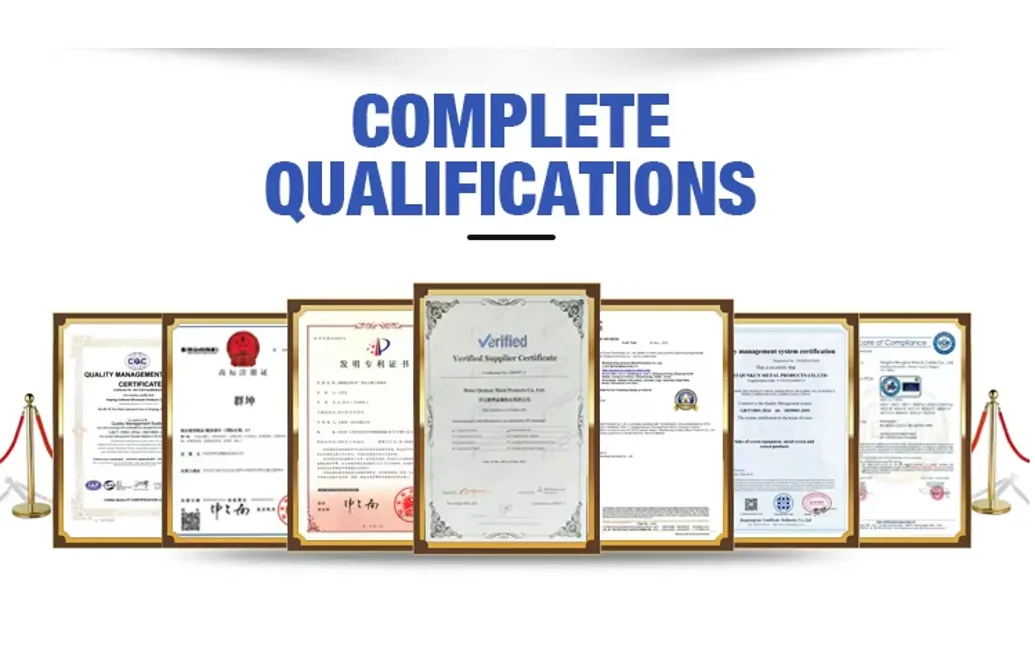-
 Afrikaans
Afrikaans -
 Albanian
Albanian -
 Amharic
Amharic -
 Arabic
Arabic -
 Armenian
Armenian -
 Azerbaijani
Azerbaijani -
 Basque
Basque -
 Belarusian
Belarusian -
 Bengali
Bengali -
 Bosnian
Bosnian -
 Bulgarian
Bulgarian -
 Catalan
Catalan -
 Cebuano
Cebuano -
 China
China -
 Corsican
Corsican -
 Croatian
Croatian -
 Czech
Czech -
 Danish
Danish -
 Dutch
Dutch -
 English
English -
 Esperanto
Esperanto -
 Estonian
Estonian -
 Finnish
Finnish -
 French
French -
 Frisian
Frisian -
 Galician
Galician -
 Georgian
Georgian -
 German
German -
 Greek
Greek -
 Gujarati
Gujarati -
 Haitian Creole
Haitian Creole -
 hausa
hausa -
 hawaiian
hawaiian -
 Hebrew
Hebrew -
 Hindi
Hindi -
 Miao
Miao -
 Hungarian
Hungarian -
 Icelandic
Icelandic -
 igbo
igbo -
 Indonesian
Indonesian -
 irish
irish -
 Italian
Italian -
 Japanese
Japanese -
 Javanese
Javanese -
 Kannada
Kannada -
 kazakh
kazakh -
 Khmer
Khmer -
 Rwandese
Rwandese -
 Korean
Korean -
 Kurdish
Kurdish -
 Kyrgyz
Kyrgyz -
 Lao
Lao -
 Latin
Latin -
 Latvian
Latvian -
 Lithuanian
Lithuanian -
 Luxembourgish
Luxembourgish -
 Macedonian
Macedonian -
 Malgashi
Malgashi -
 Malay
Malay -
 Malayalam
Malayalam -
 Maltese
Maltese -
 Maori
Maori -
 Marathi
Marathi -
 Mongolian
Mongolian -
 Myanmar
Myanmar -
 Nepali
Nepali -
 Norwegian
Norwegian -
 Norwegian
Norwegian -
 Occitan
Occitan -
 Pashto
Pashto -
 Persian
Persian -
 Polish
Polish -
 Portuguese
Portuguese -
 Punjabi
Punjabi -
 Romanian
Romanian -
 Russian
Russian -
 Samoan
Samoan -
 Scottish Gaelic
Scottish Gaelic -
 Serbian
Serbian -
 Sesotho
Sesotho -
 Shona
Shona -
 Sindhi
Sindhi -
 Sinhala
Sinhala -
 Slovak
Slovak -
 Slovenian
Slovenian -
 Somali
Somali -
 Spanish
Spanish -
 Sundanese
Sundanese -
 Swahili
Swahili -
 Swedish
Swedish -
 Tagalog
Tagalog -
 Tajik
Tajik -
 Tamil
Tamil -
 Tatar
Tatar -
 Telugu
Telugu -
 Thai
Thai -
 Turkish
Turkish -
 Turkmen
Turkmen -
 Ukrainian
Ukrainian -
 Urdu
Urdu -
 Uighur
Uighur -
 Uzbek
Uzbek -
 Vietnamese
Vietnamese -
 Welsh
Welsh -
 Bantu
Bantu -
 Yiddish
Yiddish -
 Yoruba
Yoruba -
 Zulu
Zulu
មករា . 24, 2025 02:53
Back to list
big bug netting
Expanded metal fabrication is a transformative process that holds a significant place in modern manufacturing and architectural design. With its unique combination of strength, versatility, and cost-effectiveness, expanded metal is an indispensable material, prized across industries such as construction, automotive, and aerospace.
Trustworthiness in expanded metal fabrication comes from the material’s consistency and the industry’s adherence to strict regulations. ASTM standards for expanded metal ensure that products meet safety and quality benchmarks, providing consumers with confidence in their durability and performance. This reliability is crucial, particularly in sectors like construction and transportation, where safety cannot be compromised. In practical applications, professionals often consult engineers and designers at the early stages of product development to optimize the functionality of expanded metal. Industry experts advocate for its use not only for structural benefits but also for its aesthetic potential, capable of transforming ordinary spaces into modern works of art. This collaborative approach, combining technical prowess with creative design, exemplifies the adaptability of expanded metal to meet diverse needs. Real-world experiences highlight the importance of choosing the right expanded metal type for specific applications. For instance, in highly corrosive environments, opting for stainless steel expanded metal can prolong the life of the installation, reducing maintenance costs over time. Conversely, when weight is a primary concern, as in aerospace components, aluminum variants may be preferred. The future of expanded metal fabrication is poised for growth, with innovations in material technology and production techniques on the horizon. Advances in automated machining processes and enhanced cutting technologies promise greater customization options and efficiency, while eco-conscious manufacturing practices are expected to further boost its appeal across industries. In conclusion, expanded metal fabrication represents a perfect blend of engineering precision, design flexibility, and economic efficiency. Its application across various sectors not only attests to its reliability and versatility but also underscores its pivotal role in shaping the future of industrial and architectural innovation.


Trustworthiness in expanded metal fabrication comes from the material’s consistency and the industry’s adherence to strict regulations. ASTM standards for expanded metal ensure that products meet safety and quality benchmarks, providing consumers with confidence in their durability and performance. This reliability is crucial, particularly in sectors like construction and transportation, where safety cannot be compromised. In practical applications, professionals often consult engineers and designers at the early stages of product development to optimize the functionality of expanded metal. Industry experts advocate for its use not only for structural benefits but also for its aesthetic potential, capable of transforming ordinary spaces into modern works of art. This collaborative approach, combining technical prowess with creative design, exemplifies the adaptability of expanded metal to meet diverse needs. Real-world experiences highlight the importance of choosing the right expanded metal type for specific applications. For instance, in highly corrosive environments, opting for stainless steel expanded metal can prolong the life of the installation, reducing maintenance costs over time. Conversely, when weight is a primary concern, as in aerospace components, aluminum variants may be preferred. The future of expanded metal fabrication is poised for growth, with innovations in material technology and production techniques on the horizon. Advances in automated machining processes and enhanced cutting technologies promise greater customization options and efficiency, while eco-conscious manufacturing practices are expected to further boost its appeal across industries. In conclusion, expanded metal fabrication represents a perfect blend of engineering precision, design flexibility, and economic efficiency. Its application across various sectors not only attests to its reliability and versatility but also underscores its pivotal role in shaping the future of industrial and architectural innovation.
Next:
Latest news
-
Shipping Plastic Bags for Every NeedNewsJul.24,2025
-
Safety Netting: Your Shield in ConstructionNewsJul.24,2025
-
Plastic Mesh Netting for Everyday UseNewsJul.24,2025
-
Nylon Netting for Every UseNewsJul.24,2025
-
Mesh Breeder Box for Fish TanksNewsJul.24,2025
-
Expanded Steel Mesh Offers Durable VersatilityNewsJul.24,2025











